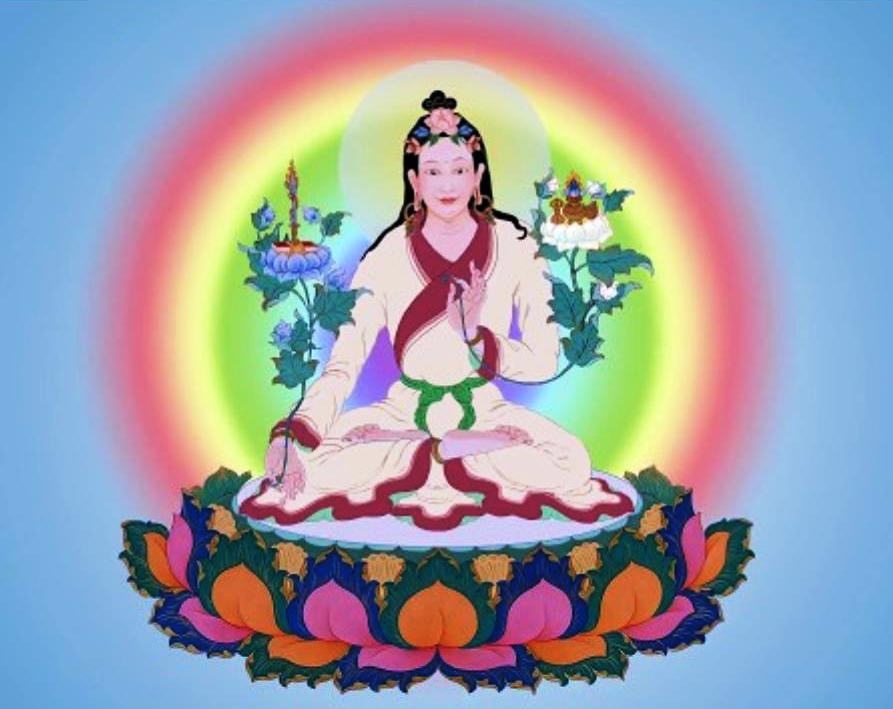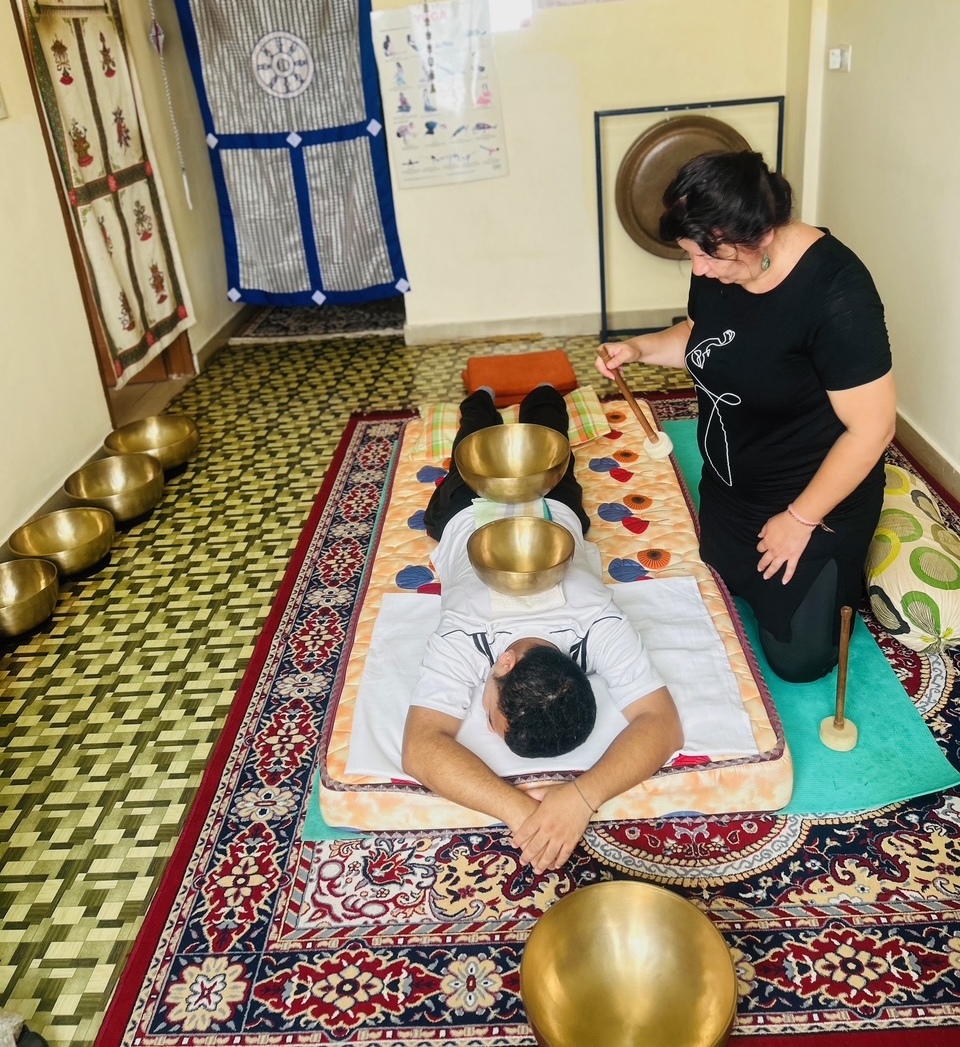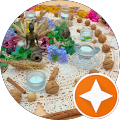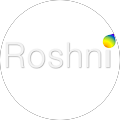
Tibetan medicine
Tibetan medicine, also known as Sowa Rigpa, is an indigenous system of medicine born in Tibet, drawing knowledge and influences from neighboring countries such as India, China, and others. With a rich history and unique approach, Tibetan medicine is based on a holistic understanding of health, emphasizing balance and harmony in the body and environment. It incorporates various therapeutic approaches, including herbal remedies, dietary recommendations, lifestyle advice, and spiritual practices, to restore balance, promote well-being, and prevent illness. By considering the interconnectedness of physical, mental, and spiritual aspects, Tibetan medicine offers a distinctive and comprehensive approach to health and wellness. Tibetan Medicine is one of the world’s oldest healing traditions that has been practiced for more than five thousand years in Tibet and the Himalayan region. It is a unique medical science that provides holistic healthcare to the body, mind and soul.
Reflecting our commitment and expertise in holistic healing.
Our Holistic Statistics
Tibet Power Healing
Frequently Asked Questions
Find answers to common questions about our services and practices.
Regular Volvo ,Deluxe bus services are available from Delhi (Kashmiri Gate ISBT) and Majnu ka Teela to Mcleodganj which is about 530 km away. Himachal Pradesh Tourism buses are also available from Himachal Bhawan, Delhi.

What Our Clients Say
Client Testimonials

I had my first treatment last year, and it was just amazing... I felt like he'd lifted a lump from my stomach. I cried for two days, I don't know why. Afterward, I felt so free 🙏...!!!
This year, I tried the Sound Healing treatment. It's very soothing; the sound of his bowls is very long and intense.
This doctor has a true gift.
And again, a BIG thank you... 🙏
P.S. Women, be aware that this is at the end of a massage from a man, it can trigger I recommend that you clarify boundaries in advance and communicate them. I personally came open to the experience and enjoyed it very much but there was also contact in the buttocks in yoga healing
HISTORY OF TIBETAN MEDICINE
The Tibetan medical system is one of the world’s oldest known medical traditions. It is an integral part of Tibetan culture and has been developed through many centuries. We believe that the origin of the Tibetan medical tradition as old as civilization itself.
Humankind has depended on nature for sustenance and survival and the instinctive desire for good health has led us to discover remedies for common ailments from natural source. For example – applying residual barley from chang (Tibetan wine) on swollen body parts, drinking hot water for indigestion, and using melted butter for bleeding, are some of the therapies that arose from practical experience and gradually formed the basis for the art of healing in Tibet.
The era from the beginning of human civilization to the advent of Buddhism in Tibet, can be termed as the Pre-Buddhist era. During this time Bon tradition flourished in Tibet and Bon medical practice influenced and enriched the existing Tibetan medical knowledge and practice. It has been clearly mentioned in a Bon text (titled jam-ma tsa-din) that around 200 BC (during the emergence of the first Tibetan king Nyatri-tsenpo) there lived twelve scholars of Bon tradition including a medical scholar who treated disease through medicine and therapy. These indicates that Tibetan practiced medicine and Tibetan physicians existed even prior to the advent of Buddhism in Tibet. However, FOUR TANTRA (RGYU BZHI) remains the foundation of Tibetan medicine today.
The major goals of Tibetan Medicine are:
maintaining a healthy constitution through balance as an overall preventative approach;
providing treatment methods for sick people;
aiding in longevity; and
assisting those who want to be successful in their physical body and spiritual fields.
Tibetan medicine laid high emphasis on the importance of having love and compassion, and the belief that many illnesses can be cured by the one medicine of love and compassion. These qualities are the ultimate source of human happiness, and our need for them lies at the very core of our being.
Tibetan medicine is much deeper than what it appears to be. Beyond treating symptoms, Tibetan medicine concentrates on treating the patient comprehensively, to promote peace and healing through diet, physical exercise, herbal formulas, and spiritual practice. When Tibetan physicians treat a patient, they focus equally on both the mental and physical states because they believe that the mind and body are inseparable. They address the three poisons (Moha, which is delusion or confusion, Raga, which is greed and sensual attachment, and Dvesha, which is aversion or ill will) as the fundamental cause of emotional disturbances and mental disorders. Tibetan physicians also consider how diet, behaviour, and daily habits affect each individual patient. Therefore, Tibetan Medicine can be best described as a holistic approach to tackle illness because it is designed to prevent and treat all diseases of our living being.
HEALTH AND DISEASES
Tibetan medicine shares many ideas with the Buddhist tradition. For instance, “cause and effect” is one of the major concepts that Tibetan medicine shares with Buddhism. Within Tibetan medicine, there are two major divisions of the causes of all illnesses: distant causative factors and immediate causative factors. The distant causative factors are results of the three mental poisons: desire, hatred, and ignorance at work in our physical, emotional, and mental levels. Desire is the root cause of rlung, hatred causes Tripa, and ignorance generates Badkan. Tibetan healers work to free patients not only from physical sickness but also from mental sickness.
In short, the three poisons are the causes and three Nyepa (rlung, mkhris-pa and bad-kan) are the effects. On the other hand, the immediate causative factor is due to seasonal factors, harmful evil spirits, improper eating, and behaviour that result in increase, decrease or disturbance of the three humors that eventually rules the body and mind.
DIAGNOSIS
DSC00479Tibetan medicine uses three diagnostic methods when examining a patient – visual observation, touch and interrogation. One of the most unique aspects of the Tibetan observation method is to perform a urine analysis during consultation, by which the doctor is able to analyse the disease immediately without sending the sample to a lab. The most common method of palpation is to feel both wrist arteries of patients. The doctors’ index, middle, and ring finger do palpation because each finger is able to detect characteristics of different internal organs. Detailed inquiry into a patient’s health, symptoms and history is also a valuable diagnostic tool, which gives the doctor a greater context for the analysis of current health issues.
Visual Observation
This involves checking a patient’s skin complexion, the colour and texture of his/her blood, nails, sputum, feces, and other general conditions. Special attention is paid to the condition of the patient’s tongue and urine.
Touch
Pulse reading forms the most important method employed in Tibetan medicine. After ensuring an important set of preconditions, the physician proceeds with a pulse diagnosis. This involves placing the index finger, middle finger and ring finger of a doctor on patient’s radial arteries. The fingers must be held in a line close to one another yet not touching each other. The index finger must not put too much pressure on the skin; the middle and ring fingers should apply more pressure.
Interrogation
Interrogation forms the most important clinical aspect of the diagnosis. There are three main elements to a medical interrogation:
a. Determining the causative factors
b. Determining the site of the illness
c. Studying the signs and symptoms
Interrogation involves the doctor asking the patient about the dietary regulations she/he has been following, and what the physical and mental behaviour she/he has been experiencing etc.









